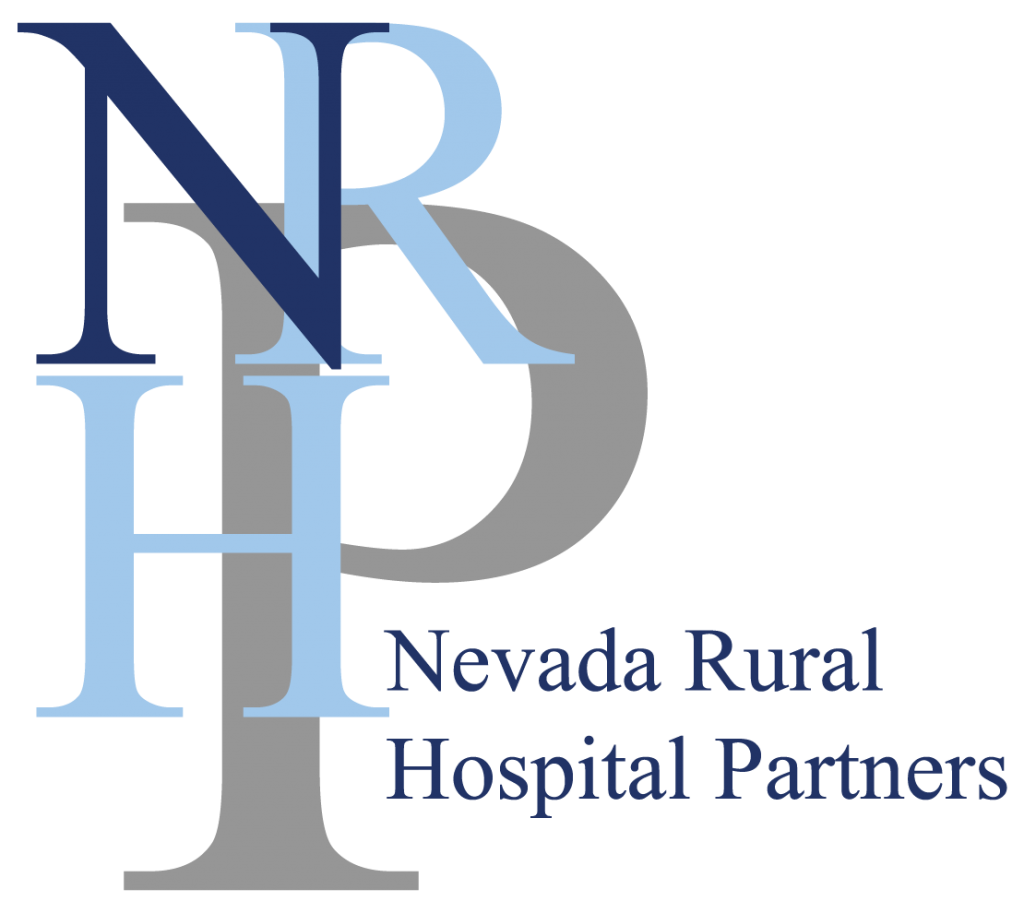Through a generous donation by the William N. Pennington Foundation, NRHP is proud to unveil the rollout of the new state-of-the-art Mobile MRI service. The new unit will provide high-quality, cost-effective MRI services to northern Nevada fronter and rural communities.
“This Mobile MRI provides very needed and important diagnostic care to patients in their own communities. Our mission is to assure the viability of rural healthcare and providing MRI services assists in meeting our mission” said Joan Hall, NRHP President.
In 2020, NRHP was awarded a $1.6 million grant by the William N. Pennington Foundation to purchase the new Mobile MRI system that travels to four northern Nevada NRHP member hospitals:
- Battle Mountain General Hospital – Battle Mountain, Nevada
- Mt. Grant General Hospital – Hawthorne, Nevada
- Pershing General Hospital – Lovelock, Nevada
- South Lyon Medical Center – Yerington, Nevada
The Pennington Foundation was formed by the late William N. Pennington, a gaming industry pioneer and philanthropist; and provides grants to northern Nevada based organizations in the areas of education, community services, health care, and medical research.
The Mobile MRI uses a GE SIGNA™ Voyager 1.5 to scan patients and provides an enhanced level of patient comfort while providing the latest in diagnostic imaging technology. The new scanner features:
- GE’s proprietary SilentScan technology dramatically reduces scanning noise from an ear-splitting, motorcycle level of 91dB to within 3dB of scan room ambient noise. A wireless music system is also included for additional patient comfort.
- SIGNA Voyager makes scanning a worry-free experience for patients. The wide Comfort Plus table with low height and open 70cm design allows patients to rest freely while affording easy access and a comfortable scanning experience.
- GE’s Patient-friendly design maximizes comfort and with the wider bore accommodates all types of scans and patient sizes. Feet first imaging option reduces claustrophobia rejection rates by 90%
- Provides astonishing images with remarkable speed during routine exam slots so the patient spends up to 50% less time in the scanner.
